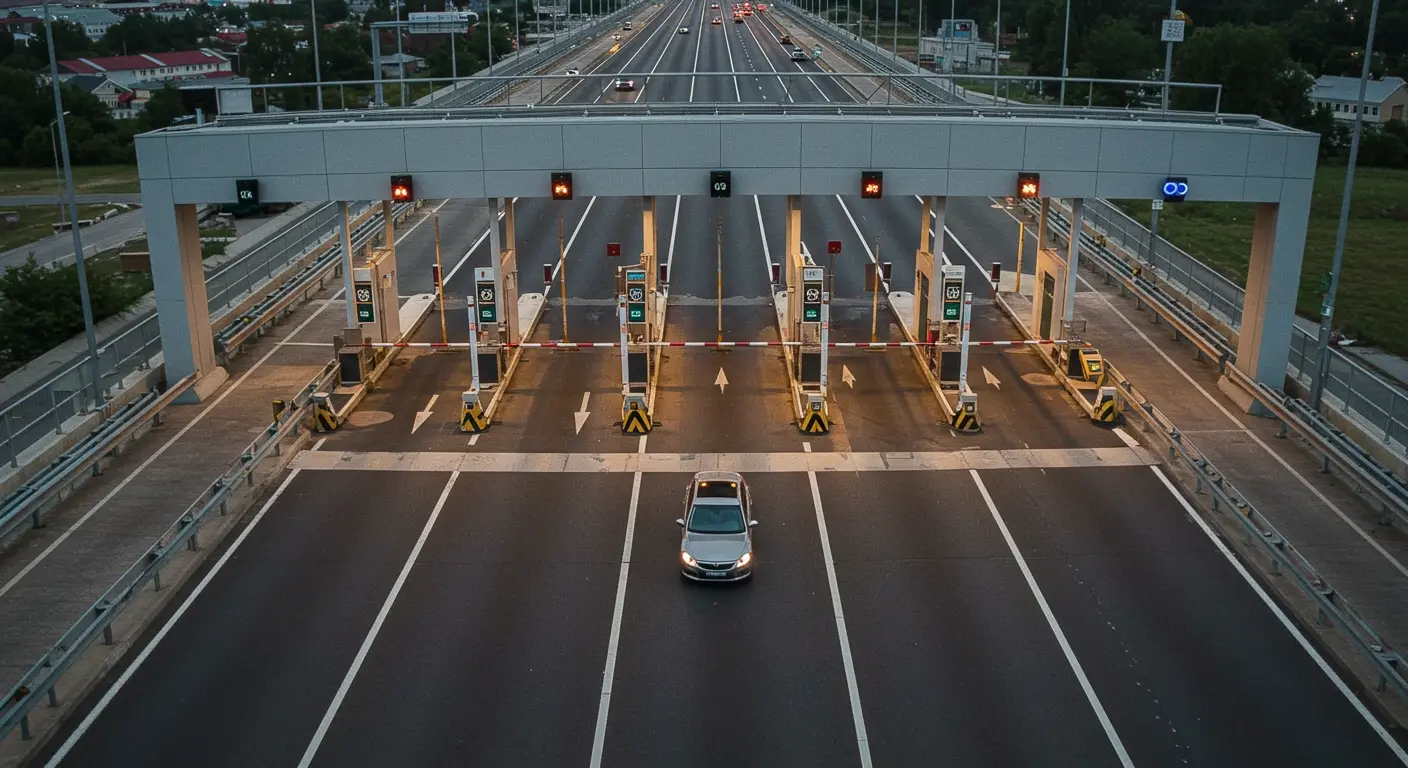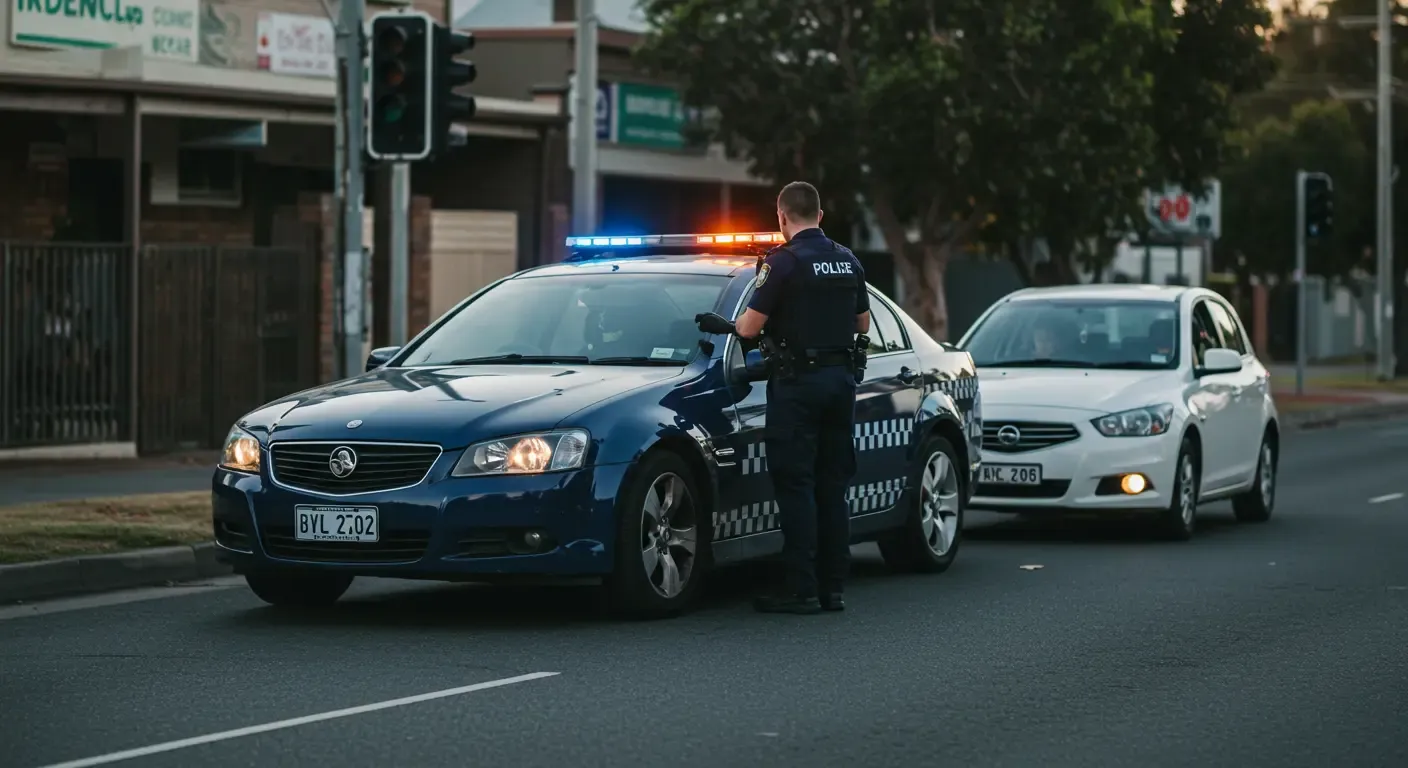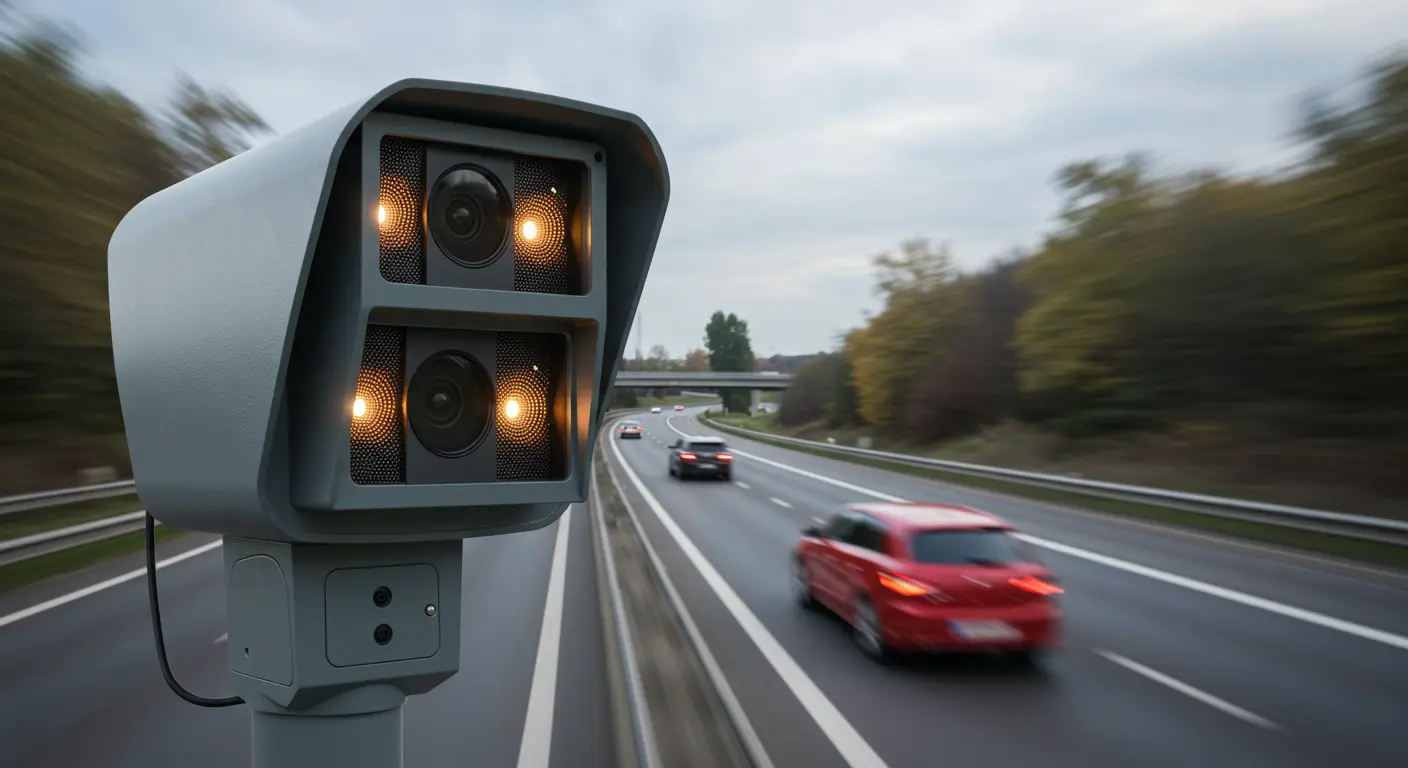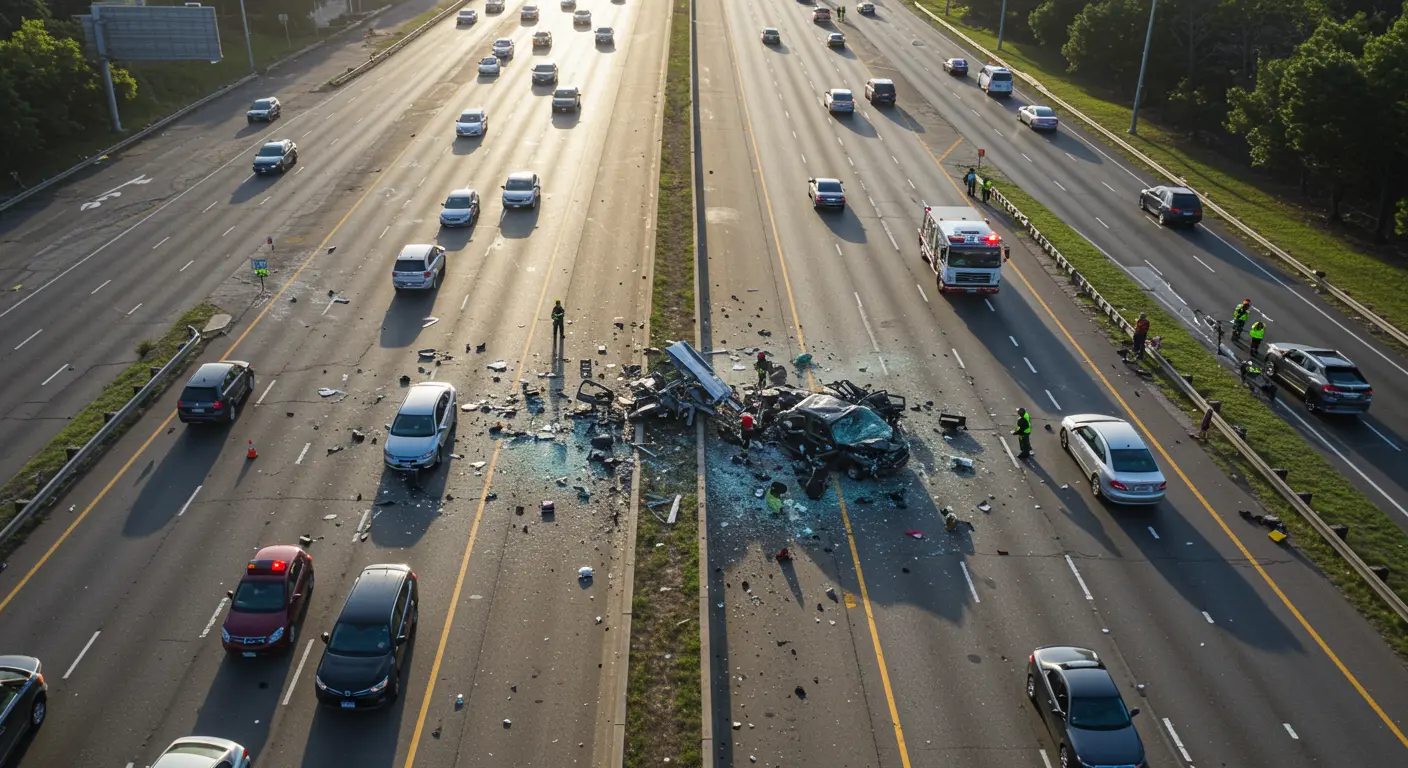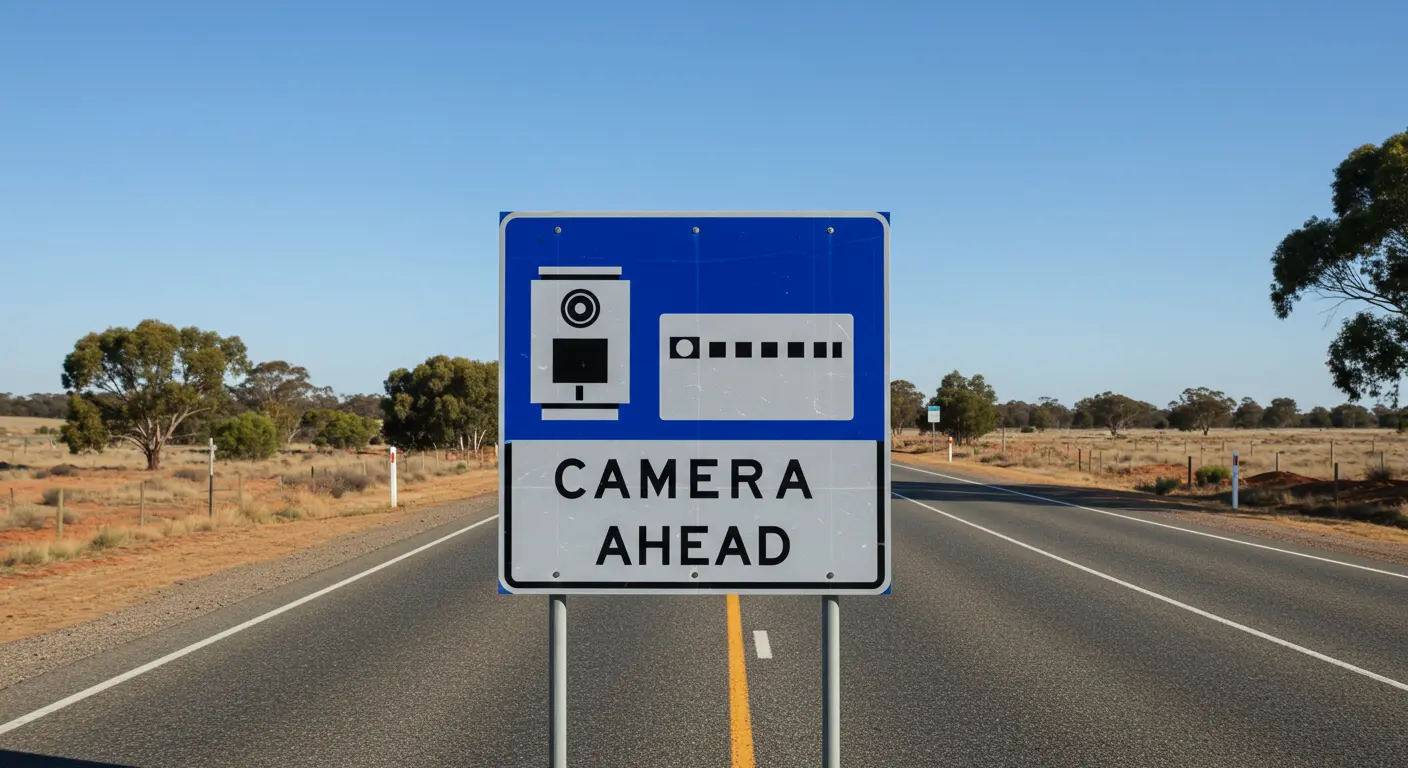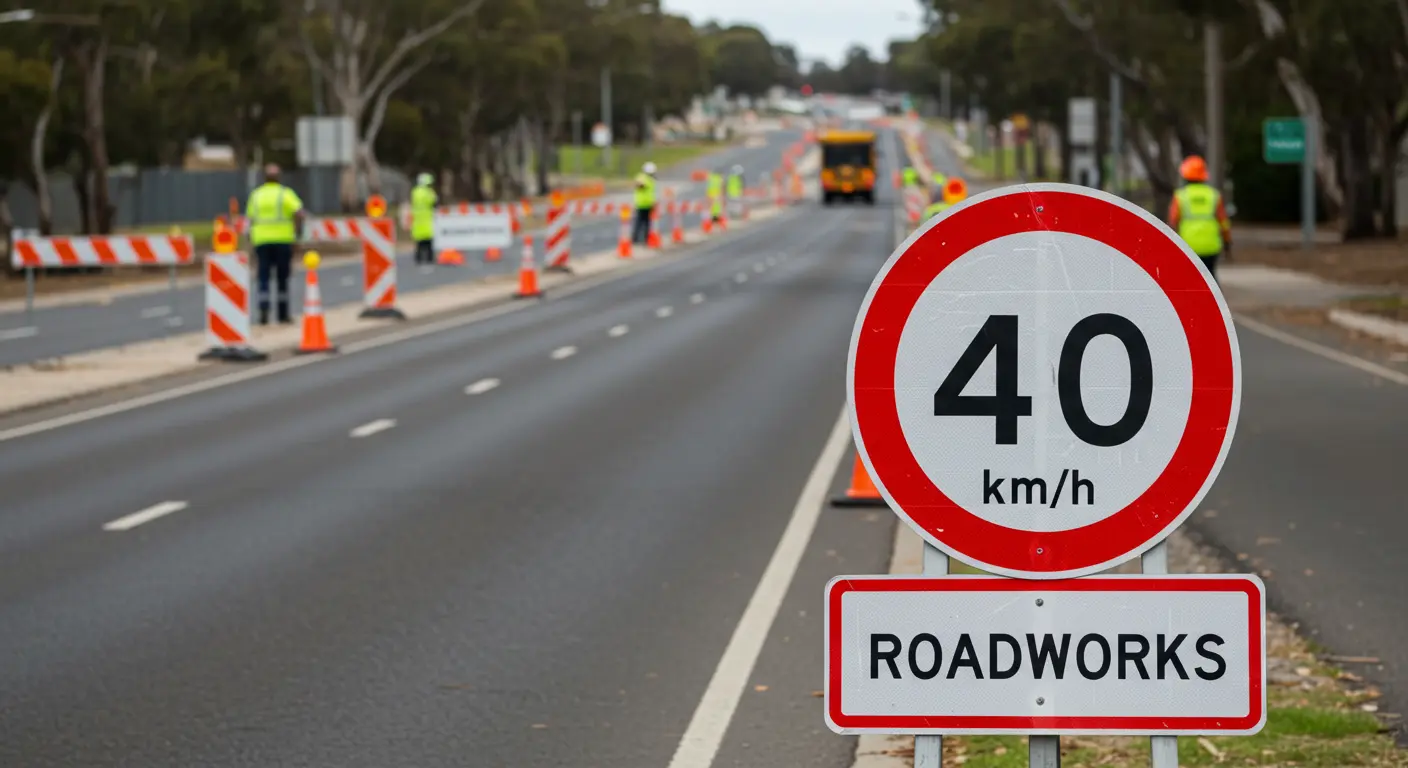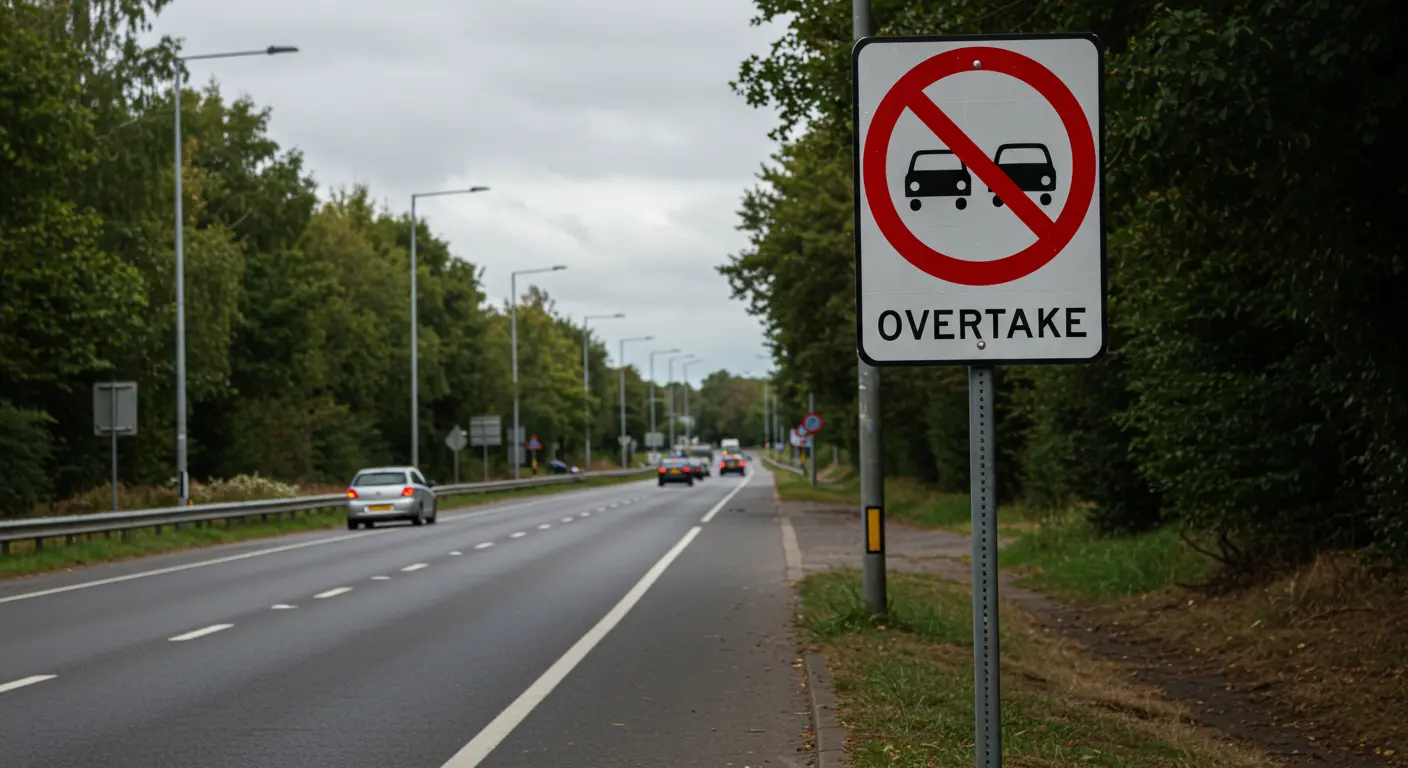Starting 1 May 2025, average speed cameras in New South Wales will begin targeting light vehicles in addition to heavy vehicles — for the first time ever. This marks a major policy shift as the state trial rolls out in two regional hotspots with high crash histories:
- Pacific Highway between Kew and Lake Innes (15km stretch)
- Hume Highway between Coolac and Gundagai (16km stretch)
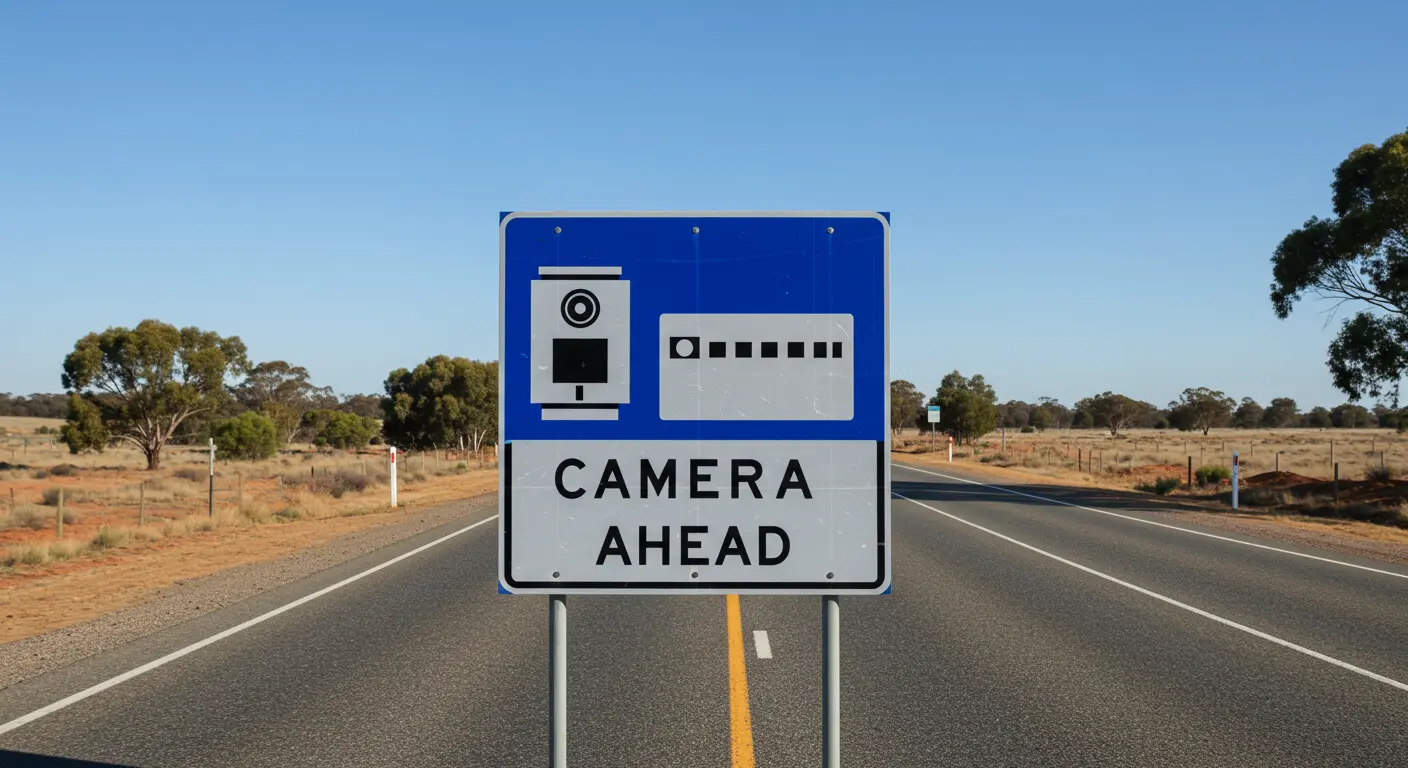
Trial Details: How It Works
These cameras measure a vehicle's average speed over a distance instead of capturing a moment-in-time snapshot. Until now, they’ve only been used for heavy vehicles, but a 2024 amendment to the Road Transport Act 2013 now allows them to apply to all vehicle types.
From 1 May to 30 June 2025, cameras will operate in warning mode. Drivers caught speeding will receive a letter, but no fine or demerit points. On 1 July, full enforcement kicks in — fines and points will apply.
Why These Locations Were Chosen
Between 2018 and 2022, there were six fatalities and 33 serious injuries across the two selected road stretches. Government data shows almost 80% of fatal and serious crashes on roads with existing average speed cameras involved light vehicles, not heavy ones.
Fairer Enforcement, Safer Roads
Average speed enforcement is often seen as fairer because it punishes sustained speeding, not brief lapses. It’s been shown to work:
- Norway (2015): 49% reduction in fatal and serious injuries
- UK (2016): 36% reduction
- NSW (Heavy Vehicles): 50% drop in crash severity
A 2024 NSW study found 68% of residents support average speed cameras to improve safety.
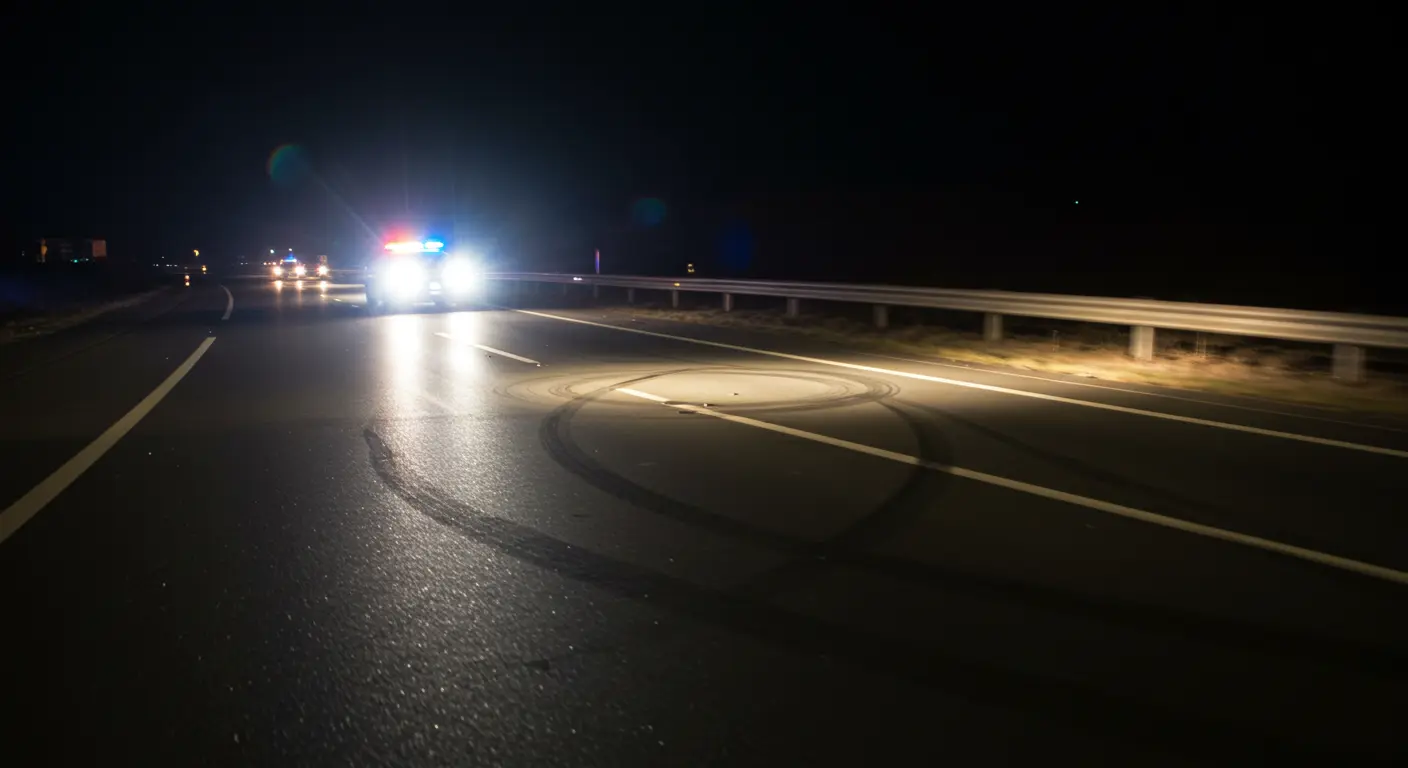
What Motorists Can Expect
- Two warning signs placed before each camera vehicle
- One sign after, reinforcing the message
- A public awareness campaign with signs, billboards, and social media messaging
These changes aim to give every driver the opportunity to self-correct before penalties begin.
Part of a Broader Safety Strategy
The camera trial is just one part of the NSW Government’s broader effort to reduce road deaths:
- Seatbelt detection via mobile phone cameras
- A trial to reward safe drivers with demerit point removal
- Requirement for foreign licence holders to convert to NSW licences
- Doubling of mobile speed camera deployment sites (now 2,700+)
- Hosting the state’s first Road Safety Forum

Next Steps
The full trial will run for 14 months (2 in warning mode, 12 in enforcement). Results will be reported to Parliament in 2026 to determine whether statewide rollout is next.
NSW is no longer alone in restricting average speed cameras to trucks. With the trial, the state joins others like Victoria, South Australia, and Queensland that already use this enforcement for all vehicle types.
Drivers are urged to take the warning period seriously. Speeding still accounts for over 40% of NSW road fatalities, and the cameras are a critical tool in reducing that toll.
